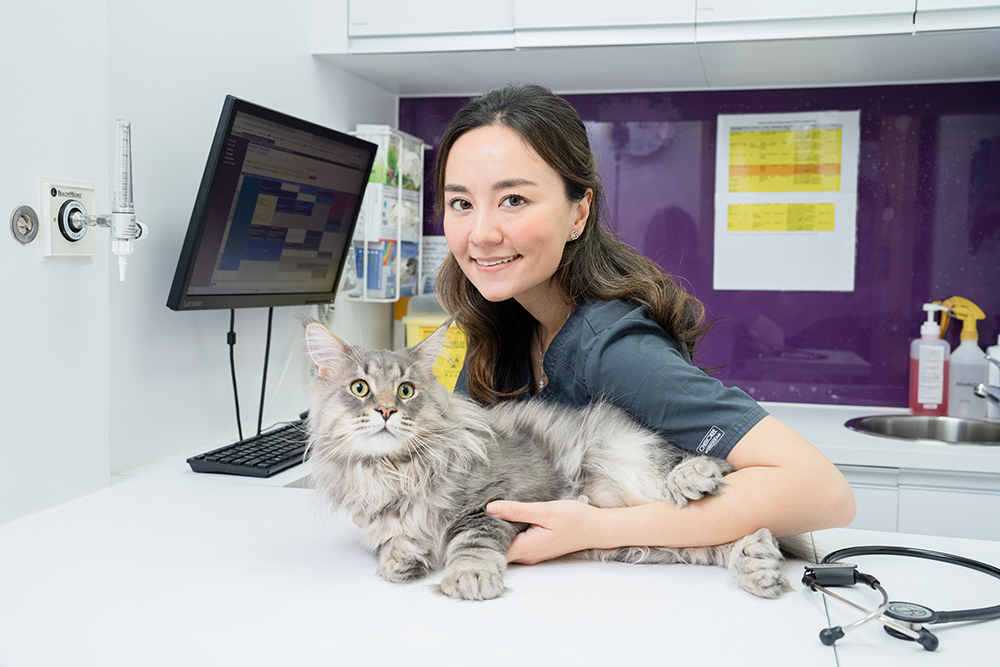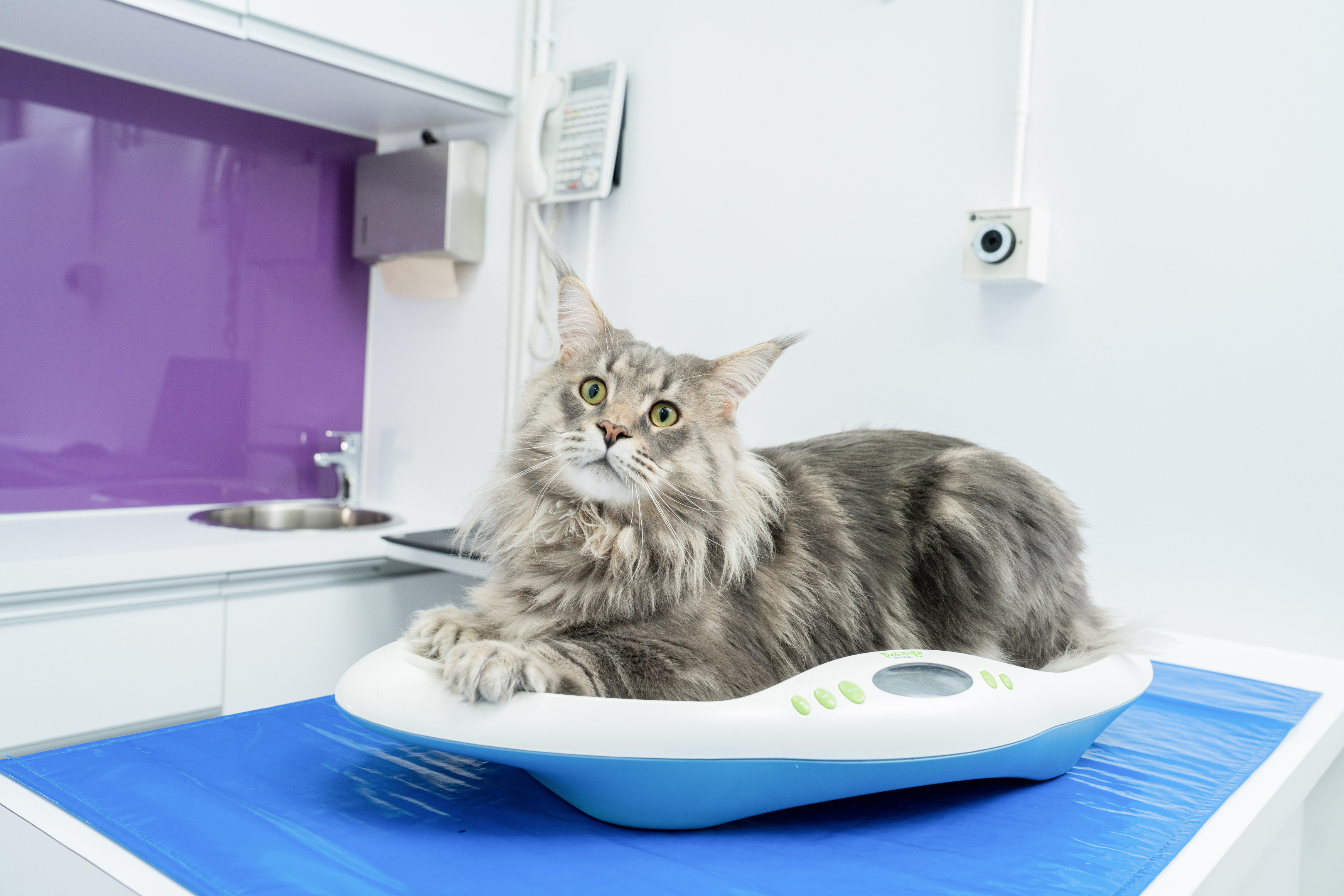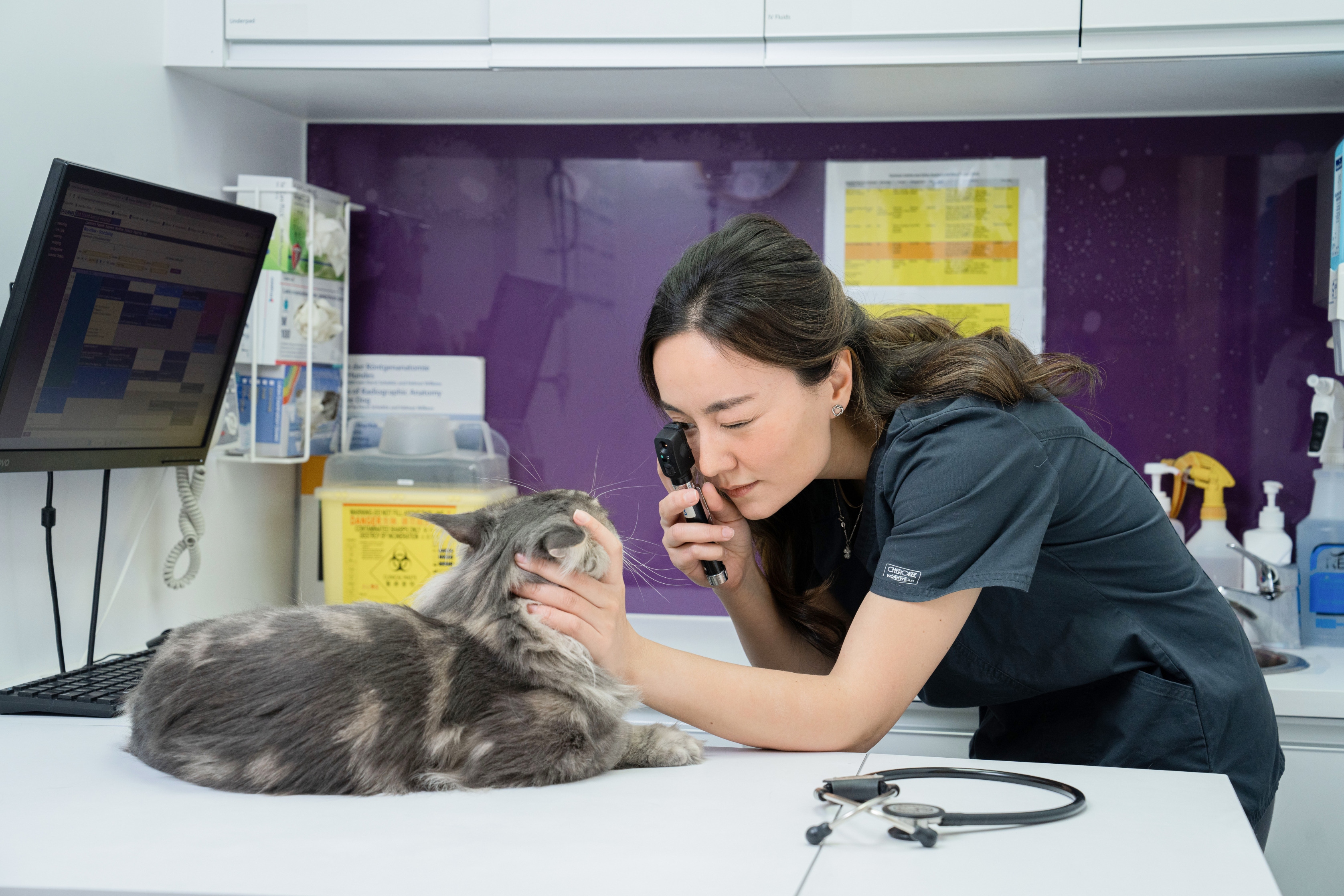Diabetes is not just a disease that affects humans, but also cats and dogs, and it is more common than one might think. In 2020, a study conducted in the UK found that 1 in every 400 dogs would suffer from diabetes, while the incidence rate for cats is even higher. A study conducted in 2016 showed that 1 in every 200 cats would experience diabetes.
The longer cats and dogs live and the more well-fed they are, the higher chances of having diabetes. Diabetes is often referred to as an incurable disease, but Dr. Joanne Harries, a veterinarian at the East Island Animal Hospital, emphasizes that as long as owners seek for medical treatment in a timely manner and use the appropriate methods for treatment, diabetic cats and dogs can still live a good life. The key is for owners to have a better understanding and to take this disease seriously.
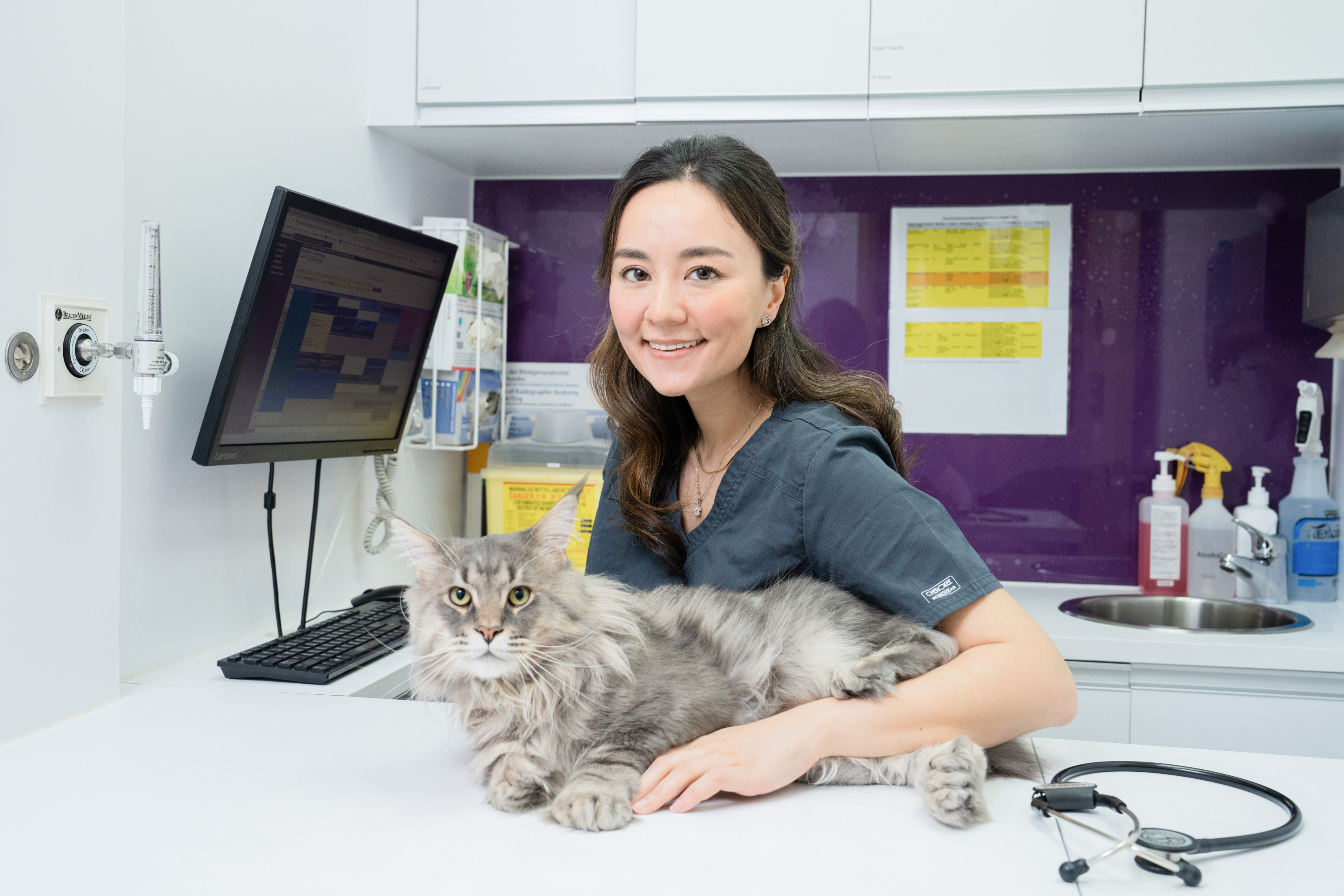
Diabetes mellitus refers to the inability of cats and dogs to use blood sugar properly. When cats and dogs eat, they typically break down carbohydrates and combine them with insulin in the body to produce energy. However, when their bodies cannot produce enough insulin, or when insulin is not effective enough, their bodies cannot metabolize blood sugar and incorrectly assume that they are hungry and need sugar. This can lead to the breakdown of fat and muscle for energy.
Diabetes can be divided into "Type 1" and "Type 2" diabetes. Dogs typically suffer from Type 1 diabetes, while Type 2 diabetes is more common in cats. The biggest difference between the two is that Type 2 diabetes can sometimes be controlled through diet and does not require insulin injections, although this is not always the case.
 |
 |
Which cats and dogs are at risk of having diabetes? Obesity is not the only cause!
Diabetes is not a rare disease and has become increasingly common in recent years. There are 6 factors that can make cats and dogs more susceptible to diabetes:
1) Breed:
Genetics may be one of the causes of diabetes, and certain breeds cats and dogs are relatively prone to diabetes. Breeds with large body type such as Cocker Spaniels, Beagles, Schnauzers, as well as certain car breeds such as Burmese and Norwegian Forest Cat are more susceptible to diabetes.
2) Age:
Cats and dogs of any age can have diabetes, but studies have shown that the older they are, the higher the risk.
3) Obesity:
Over-nutrition and being overweight or obese increases the risk of having diabetes. Dr. Joanne points out that obesity is the most common cause of diabetes in the cases she has seen. However, she also warns owners that even small and thin cats and dogs can have diabetes.
4) Poor eating habits:
Eating too many snacks, inappropriate human food, or fatty foods such as pork, which can cause pancreatitis in pets, can all lead to diabetes.
5) Metabolic problems:
Overactive adrenal glands, exposure to steroids, or chronic pancreatitis can all lead to the production of insulin, leading to diabetes.
6) Gender:
Foreign studies have suggested that female dogs are more likely to have diabetes than male dogs because unsterilized female dogs are influenced by hormones, which reduces their insulin sensitivity. However, Dr. Joanne's clinical experience has shown that the ratio of male and female dogs with diabetes is not significantly different.
Two main symptoms of diabetes in cats and dogs - Thirst and Frequent Urination
Pets suffering from diabetes may have the following symptoms:
|
Thirst |
Frequent Urination |
Changes in Appetite |
Rapid Weight Loss |
Visual Impairment |
Thirst and frequent urination are the most obvious signs of diabetes, and pet owners must pay close attention to their pet's drinking habits. If their pet suddenly increases their water intake or experiences a sudden increase in the frequency and amount of urination, or cannot hold their urine, they should seek medical attention as soon as possible. In the early stages of diabetes, a pet's appetite may improve, but their body size will gradually decrease. If the condition worsens, they may have difficulty swallowing, their appetite may decrease, and dogs may have white eyes and a decline in vision. If a pet shows these two symptoms, the condition is even more dangerous, and medical attention should not be delayed.

Diabetes in cats and dogs should not be ignored! Fatal complications may caused.
Pets with diabetes will gradually lose weight, and their self-healing ability will weaken, increasing their chances of having skin and urinary tract infections. Dogs may have cataracts and lose their vision. The most frightening thing is that if diabetes is not properly controlled, it can lead to a serious acute complication called diabetic ketoacidosis, which can be life-threatening for cats and dogs.
Three main treatment directions for diabetes in cats and dogs. Regular care is essential.
Veterinarian will diagnose whether cats and dogs have diabetes by testing their blood and urine, and once diagnosed, they will begin a long-term treatment process.
1. Injecting insulin
Injecting insulin needles can help cats and dogs break down blood sugar normally. Veterinarians will start with the weakest dose and gradually adjust the appropriate dosage. During this time, a home blood glucose monitoring device commonly known as a blood glucose machine will be used to monitor the cat or dog's blood sugar levels for a long time without pain.
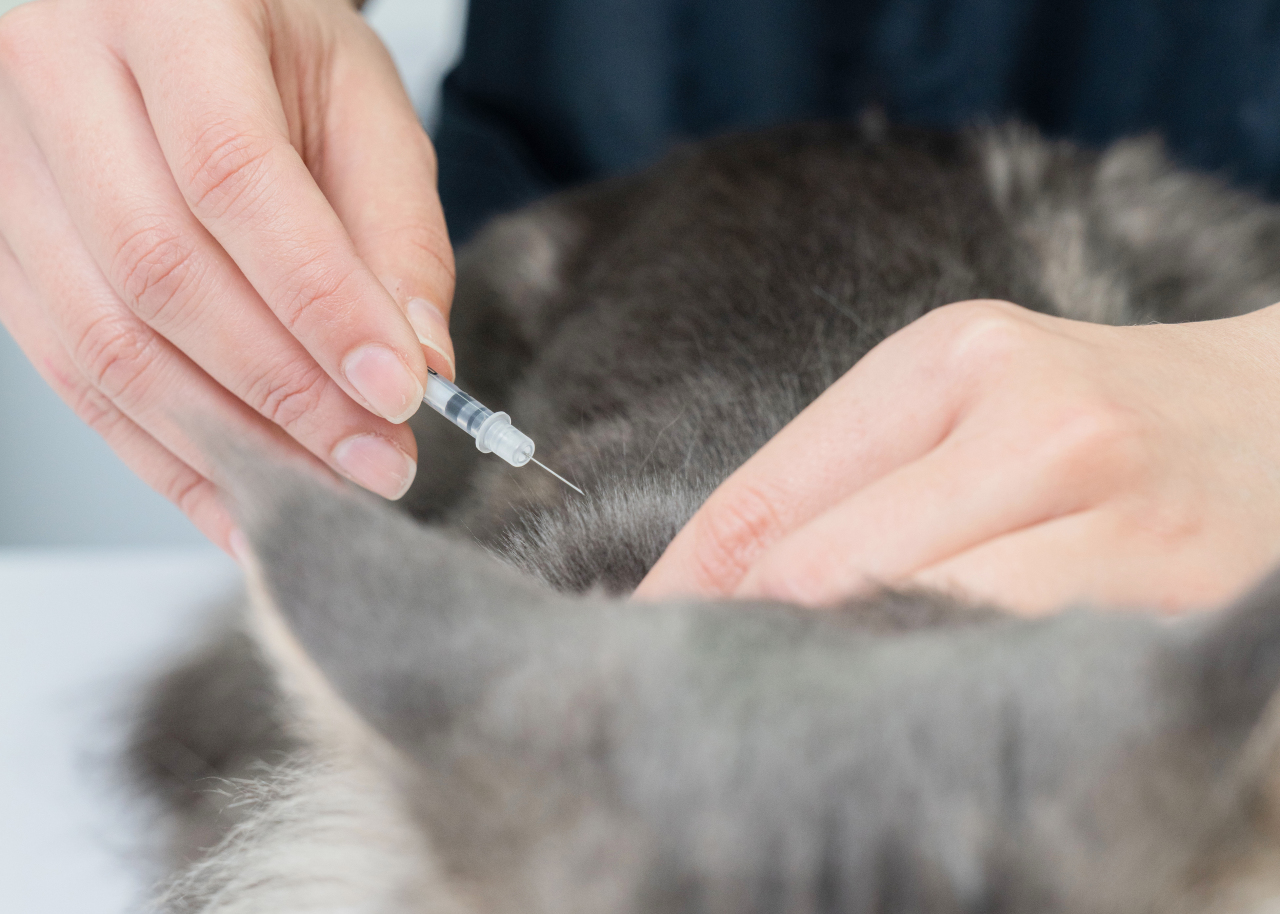
2. Improving diet
Obesity is one of the main causes of diabetes. Cats and dogs with diabetes must strictly control their diet. Dogs should eat a high-fiber menu because high-fiber foods can make them feel full without causing blood sugar to soar and can help obese dogs to lose weight. Cats, on the other hand, need to eat a high-protein and low-carbohydrate menu because their metabolism is different from that of dogs, and high-fiber food is not suitable for cats.
3. Regulating daily routines
Blood sugar levels in cats and dogs fluctuate with their daily lives. Diabetic cats and dogs can only rely on insulin needles to stabilize their blood sugar. When the dosage of insulin needles remains the same, sudden spikes or drops in blood sugar can be dangerous for them. Dr. Joanne reminds pet owners to keep their diabetic cats and dogs' daily routines stable: "Don't suddenly change their daily habits. If owners suddenly engage their pets in strenuous exercise or change their mealtimes, it may affect their pets' blood sugar levels."
Can cat and dog diabetes be cured? How long can pets live with diabetes?
With current medical technology, once a cat or dog has found the appropriate insulin dosage for their condition, they will need to receive daily injections for the rest of their lives and cannot reduce the dosage. While some cats may have a chance to recover their insulin mechanism, clinical cases of diabetes being cured are rare. However, owners need not worry too much as long as they are willing to follow the doctor's instructions and properly care for their pets, as cats and dogs can live with diabetes.
Among the cats and dogs treated by Dr. Joanne for diabetes, there are many cases where they have lived for 7 to 8 years after their condition stabilizes. "There was a mongrel that started to have diabetes at the age of 2 and is now 8 years old. Although he needs to receive daily injections and regular check-ups, he is very active and happy," Dr. Joanne said. She emphasized that when a cat or dog has diabetes, the owner is the one who needs to make sacrifices. "Insulin injections need to be given 1-2 times a day, and the injection time needs to be consistent. So the owner's participation needs to be very high, their lifestyle needs to completely accommodate the needs of the cat or dog, and there are also certain medical costs."
Dr. Joanne emphasized that as long as the owner can cooperate, cats and dogs with diabetes can live a long and happy life. "I have treated a 13-year-old diabetes-afflicted Chihuahua. The owner retired early to take care of him," she said.
Preventing cat and dog diabetes
If owners do not want their pets to suffer from diabetes, Dr. Joanne reminds them to start with their daily life by controlling their diet and weight, avoiding oily foods, and having regular exercise. Good habits can reduce the risk of diabetes. Bringing pets for regular check-ups once a year can also prevent the disease.
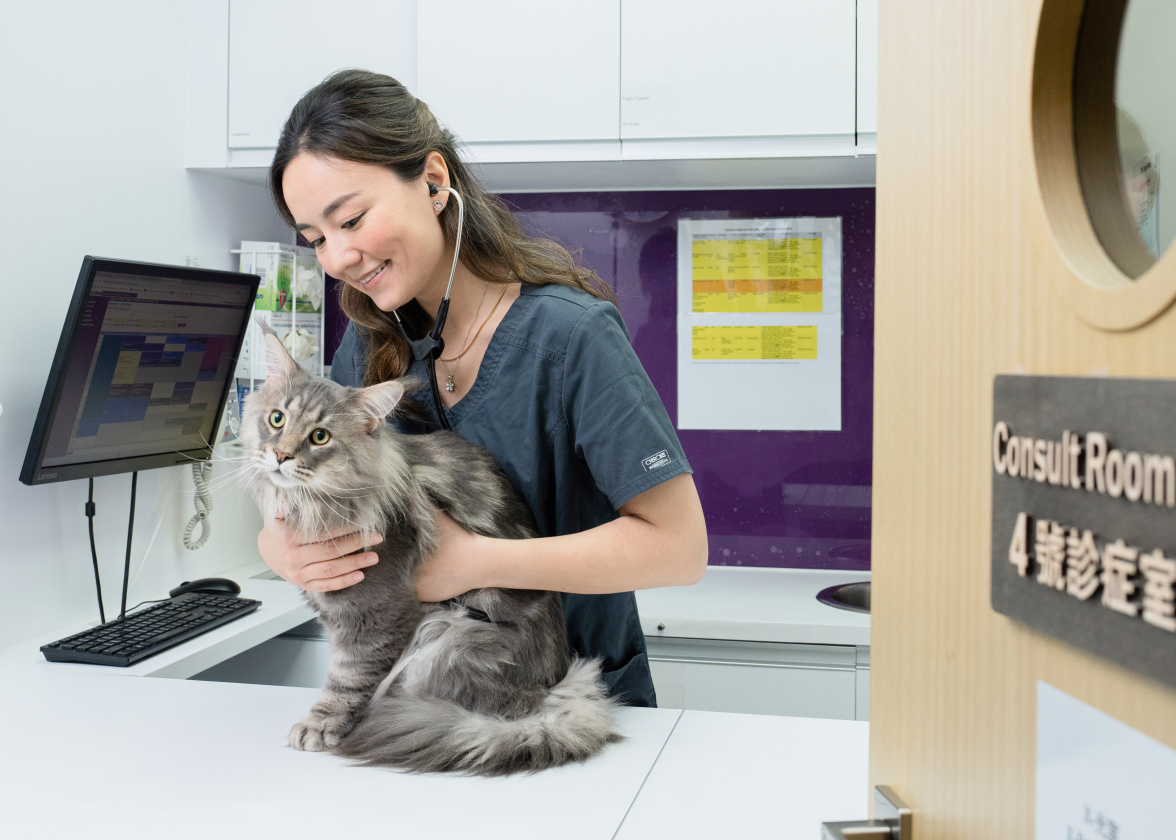
East Island Animal Hospital
The East Island Animal Hospital is the headquarters of Creature Comforts Veterinary Group. X-rays, ultrasounds, surgeries, hospitalization, blood banks, acupuncture, oxygen therapy, and many other services are provided in the hospital. It is one of the most well-equipped animal hospitals in Hong Kong.
Details: https://petahood.com/shop/S0029/creature-comforts-east-island-animal-hospital
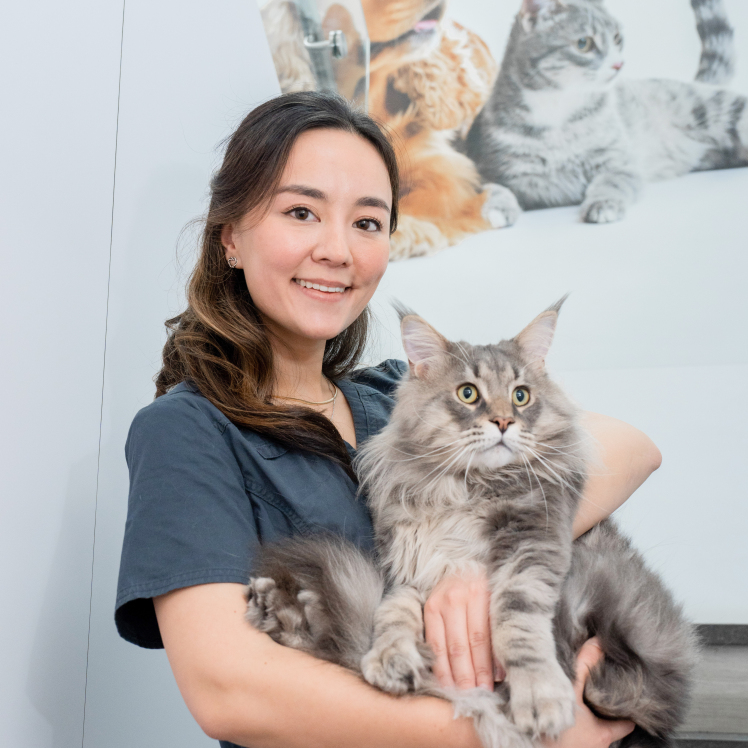
Creature Comforts East Island Animal Hospital - Dr. Joanne Harries
Special Thanks: @4smallcat
